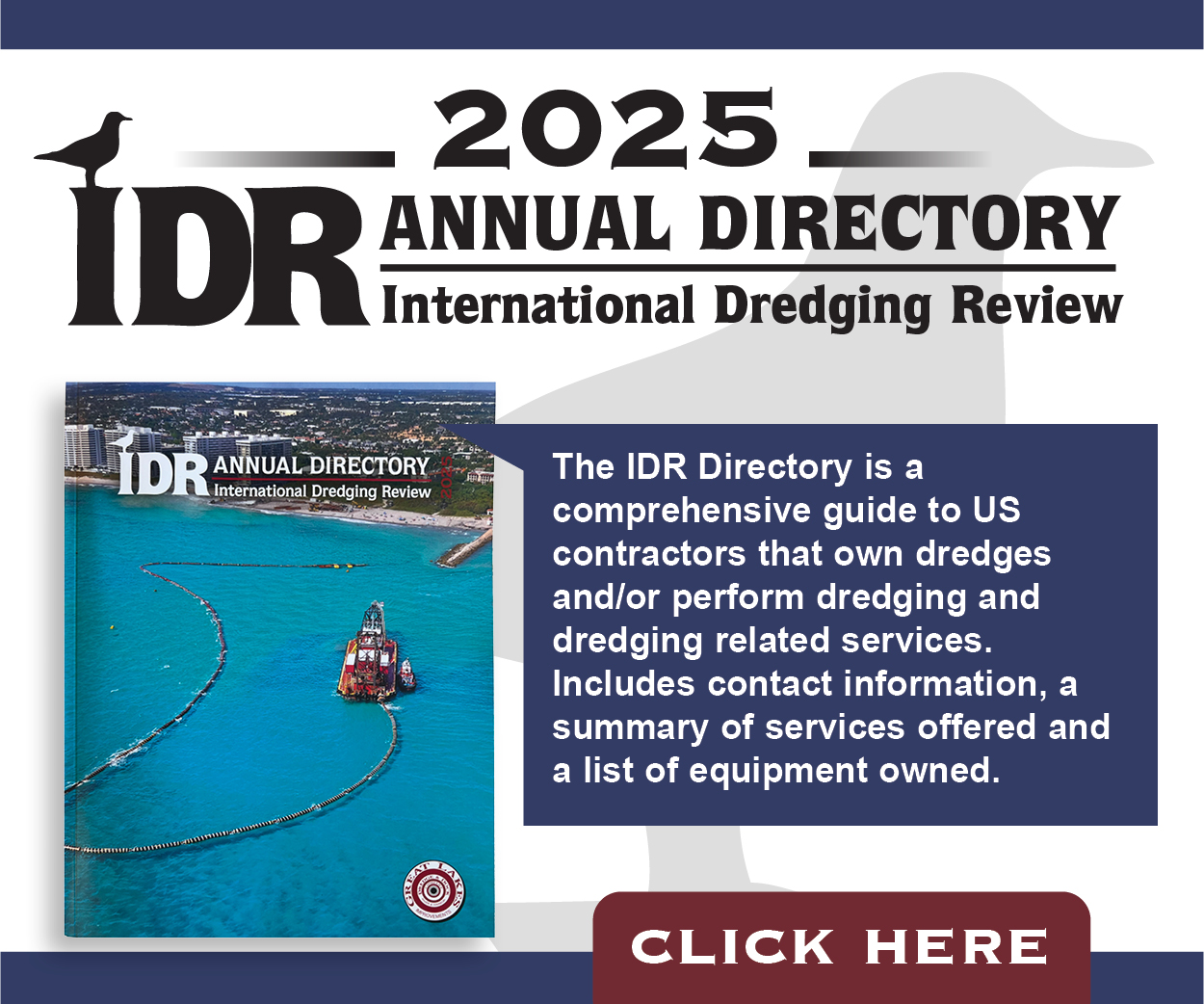Users Board Hears Of Inflation’s Toll On Critical Projects
Members of the Inland Waterways Users Board (IWUB), along with representatives from the U.S. Army Corps of Engineers and other federal agencies, met in Walla Walla, Wash., August 16 for the board’s 97th meeting.
The location of the meeting, along with the waterway tour the day after, emphasized the significance of navigation, industry and agriculture connected to the Snake and Columbia rivers.
Corps officials updated members on revenue for the Inland Waterways Trust Fund, which receives dollars via a $0.29 fuel tax on towing vessels that use the inland rivers and canals of the United States. Fiscal year 2022 is proving to be a banner year for trust fund deposits, with monthly revenues every month since February towering over the correlating month from the four previous years. Total revenue so far in FY22 stands at $110 million. That plus the beginning balance this year equals a total of nearly $332 million. Transfers to date this year amount to nearly $92 million, with the current available balance in the Inland Waterways Trust Fund just under $240 million.
“This is not a spike,” said Spencer Murphy, IWUB board chairman and general counsel at Canal Barge Company. “This isn’t something they can ignore. The trend is our friend.”
Inflation Impacts
And while a robust and growing balance in the Inland Waterways Trust Fund bodes wells for funding current and future projects named in the Corps’ Capital Investment Strategy, another factor threatens to undermine progress on the agency’s to-do list: inflation. The impacts of inflation were apparent in projects like the Kentucky Lock Addition, which at the beginning of the year was celebrated as being funded to completion, but at present will require an additional $332 million to complete.
Bids, due to a host of factors that include cost of materials and personnel issues, are coming in higher than initially estimated.
“Number one, projects were funded to the estimated total completion cost,” said Maj. Gen. Butch Graham, the Corps’ deputy commanding general for civil and emergency operations and executive director of the Inland Waterways Users Board. “Some of those we’re not going to be able to finish with the money we’ve been given. … Why is that? It’s the escalatory period we’re in. The bids are coming in higher.”
It’s no secret for the Corps districts managing the projects, and it’s no secret in Washington, either, said Stacey Brown, deputy assistant secretary of the Army for management and budget.
“The administration knows what’s going on and the challenge we’re facing,” Brown said. “It’s unfortunate, because we thought we had funded things to completion, but that’s what happened.”
The impact could lengthen the time to completion for projects already underway should funding lag behind current needs. The situation could also lead to delays for new starts if more funding is needed for current projects.
Graham said Corps officials are committed to updating cost projections in real time and forwarding those estimates to board members, who then can relay current funding needs to representatives in Congress.
IWUB members heard an extended report on the significance of locks and dams along the Snake River, along with reports of the success of efforts to bolster the populations of migratory fish that move up and down the waterway. According to recent data from the Federal Grain Inspection Service, some 55 percent of U.S. wheat exports move from the region by barge or rail. Representatives from regional ports and farmers called the waterway a “superhighway” for grain movements.
“Tonnage is increasing, it’s not decreasing,” Murphy said. “I think that’s a misconception that’s out there that should be debunked. The waterborne commerce data shows that in 2021 there were 4.2 million tons moved on the Snake. To replace that amount of tonnage would require over 162,000 trucks or 42,000 railcars.”
Murphy argued that closing locks and dams, whether on the Snake River or elsewhere in the country, simply means that cargo would be transferred to truck or rail—at great impact.
“What does that mean?” he asked. “Very simply, that means increased air pollution, increased CO2 emissions, increased diesel consumption. It also means increased fatalities and personal injuries. We know that moving goods by water is the most efficient and safest means of moving goods. Any decision that looks at removing goods from the waterways has to factor all those impacts into account, in particular if you’re trying to make an environmentally conscious decision on how best to move freight.”
One representative of the area phrased it this way: “Barges are the heavyweight champs.”
In his closing comments, Graham said it all goes back to communicating the importance of waterborne commerce to policymakers in Washington, D.C., and stakeholders around the country, and that’s a job shared by each person on the users board.
“You all live this day in and day out, but most of the country doesn’t,” he said. “That’s our big challenge, telling that story.”
Graham closed by revisiting his opening points, committing to being transparent with the cost and timeline for completing projects.
“We want to be realistic with you on how long it’s going to take and how much it’s going to cost,” he said.



